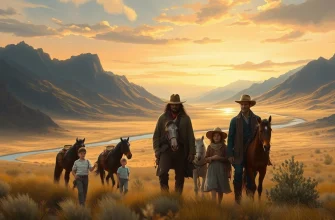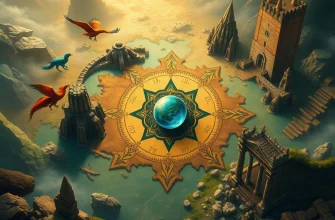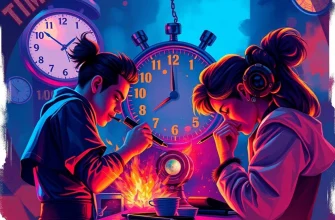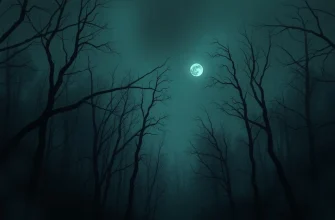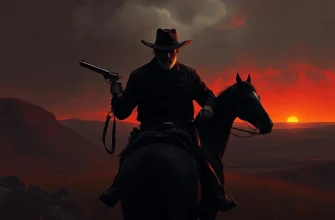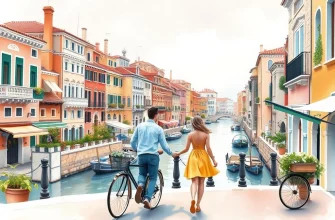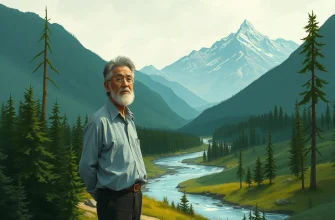If you loved the gritty determination and rugged frontier justice of True Grit (1969), you're in for a treat. This article explores 10 movies and shows that capture the same spirit of adventure, moral complexity, and unforgettable characters. Whether you're a fan of John Wayne's iconic performance or the Coen Brothers' 2010 remake, these picks will satisfy your craving for bold storytelling and Western grit.
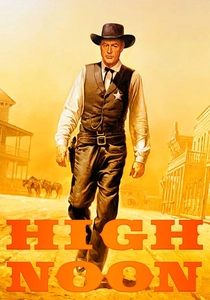
High Noon (1952)
Description: A tense, character-driven Western that focuses on a lone lawman standing against overwhelming odds, emphasizing moral courage and personal duty.
Fact: The movie was shot in real-time, with the story's events unfolding over approximately 85 minutes, matching the film's runtime. It was controversial for its allegorical critique of McCarthyism.
 Watch Now
Watch Now 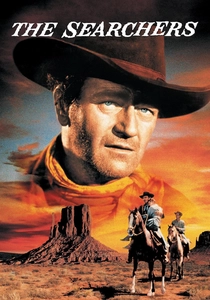
The Searchers (1956)
Description: A classic Western that explores themes of revenge, redemption, and the harsh realities of frontier life, featuring a morally complex protagonist on a relentless quest.
Fact: The film was shot in Monument Valley, a location that became iconic in Western cinema. It was one of the first Westerns to critically examine racism and the treatment of Native Americans.
 Watch Now
Watch Now 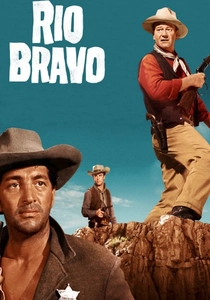
Rio Bravo (1959)
Description: A tightly-knit Western that blends action, camaraderie, and humor, centered around a small group defending a town against outlaws.
Fact: The film was made as a response to 'High Noon,' with the director wanting to portray lawmen who were confident and relied on teamwork. It features one of the most famous Western soundtracks, including the song 'My Rifle, My Pony, and Me.'
 Watch Now
Watch Now 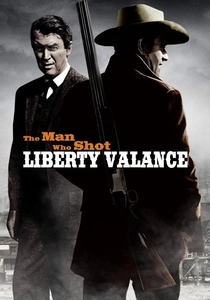
The Man Who Shot Liberty Valance (1962)
Description: A contemplative Western that deconstructs myths of the Old West, focusing on themes of justice, legend, and the passage of time.
Fact: The film's famous line, 'When the legend becomes fact, print the legend,' has become a defining quote about the nature of mythmaking. It was one of the last major Westerns shot in black-and-white during the color era.
 Watch Now
Watch Now 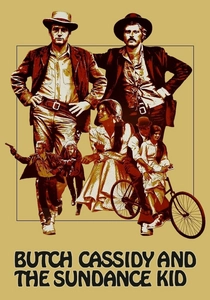
Butch Cassidy and the Sundance Kid (1969)
Description: A blend of adventure and melancholy, this film follows outlaws on the run, combining action with deep character study and a sense of inevitable fate.
Fact: The movie popularized the use of sepia-toned flashbacks in modern cinema. It won four Academy Awards, including Best Original Screenplay.
 Watch Now
Watch Now 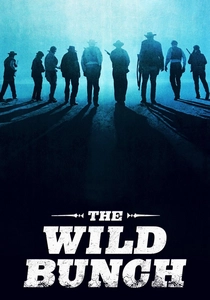
The Wild Bunch (1969)
Description: A gritty, violent Western that examines loyalty among outlaws and the changing nature of the West, featuring morally ambiguous characters and intense action sequences.
Fact: The film's editing and slow-motion violence were highly influential on future action movies. It was controversial upon release for its graphic depiction of violence.
 Watch Now
Watch Now 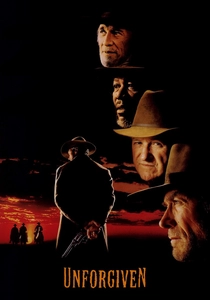
Unforgiven (1992)
Description: A revisionist Western that subverts traditional heroism, focusing on the consequences of violence and the blurred lines between good and evil.
Fact: The film won four Academy Awards, including Best Picture and Best Director. It was marketed as the last Western Clint Eastwood would ever direct (though he later made more).
 Watch Now
Watch Now 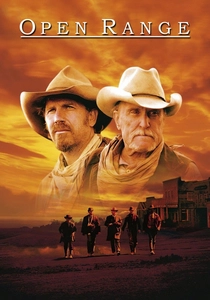
Open Range (2003)
Description: A modern Western that emphasizes realism and character depth, with a strong focus on the moral dilemmas faced by its protagonists.
Fact: The film features one of the most realistic and intense gunfights in Western cinema. It was a passion project for the director, who hadn't made a Western in over 20 years.
 Watch Now
Watch Now 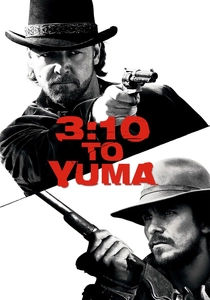
3:10 to Yuma (2007)
Description: A tense, character-driven Western that explores themes of honor, desperation, and redemption, with a cat-and-mouse dynamic between its leads.
Fact: The film is a remake of a 1957 classic, but expands significantly on the original's story and characters. It was praised for its authentic period detail and gripping performances.
 Watch Now
Watch Now 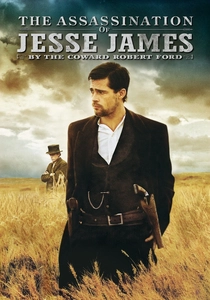
The Assassination of Jesse James by the Coward Robert Ford (2007)
Description: A poetic, slow-burning Western that delves into the psychology of its characters, particularly the relationship between a legendary outlaw and his admirer-turned-killer.
Fact: The film's cinematography was highly praised for its use of natural light and haunting landscapes. It features an unconventional narrative structure, with frequent voice-over narration.
 Watch Now
Watch Now 

